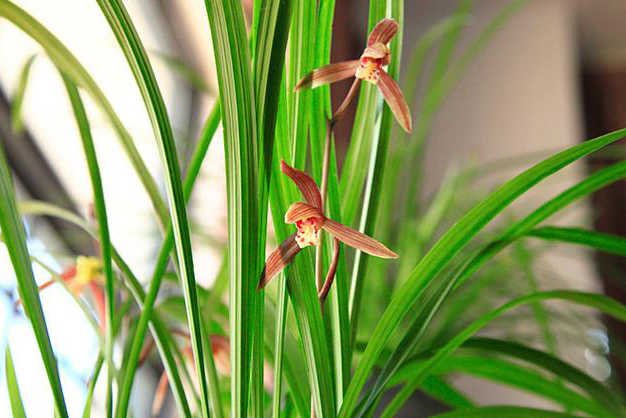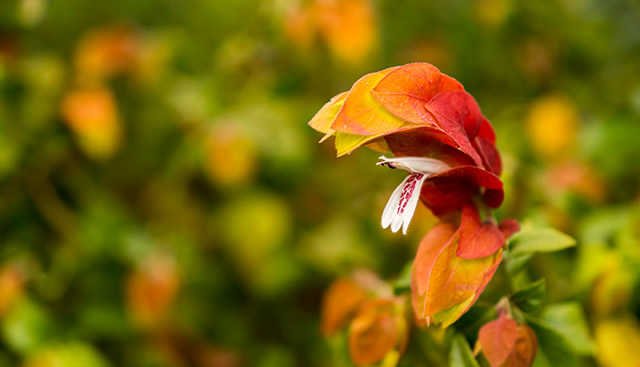What kind of seed germination is the fastest seed germination, it takes a few days
What seed germination is the fastest
1. Sesame (3-5 days)
Sesame is a short -day crop for one year, with a short growth period and rapid germination.Under the condition of suitable temperature and moderate humidity, it can germinate about 3-5 days. It grows rapidly and is one of the fastest plants.
2. rapeseed (4-6 days)
The rapeseed growth is strong, and the entire growth cycle is also short. It takes 4-6 days to germinate, and it is also one of the plants with faster results.
3. Green vegetables (4-7 days)
Green vegetables are generally suitable for planting in spring and autumn, and germination takes about 4-7 days.Moreover, under the condition of suitable conditions, the growth of green vegetables is very fast, not only growing fast, but also a very cold -resistant vegetable.
4. Celery (5-7 days)
Celery is a healthy vegetable, which not only tastes fragrant, but also has rich nutrition.Eybiting takes 5-7 days, and the growth period is generally 2-3 months.
It takes a few days to germinate seeds
1. seed variety
Under normal circumstances, the seeds need to sprout for about 3 to 7 days after sowing. Some varieties such as germinated, spinach, shallots, small rapeseed, etc., germination time is usually between 4 and 8 days. The germination time of strawberry seeds is long, and it may take 15 days to 30 days. seeds of herbal plants, such as early cooked and duck, etc., the germination speed is very fast, and it may even germinate within 48 hours. seeds such as rubber and hazelnuts take a few months to germinate.
2. storage conditions
seeds should be stored in dry, ventilated and cool environments to maintain their nutritional value and vitality.Poor storage conditions may cause slower germination or unable to germinate.
3. Temperature and humidity
Appropriate temperature and humidity are the key factor of seed germination. The higher the temperature, the faster the seed germination, but the too high temperature may also cause the germination failure. The water content of the soil also affects the seeds of the seeds.The suitable soil water content is conducive to seed germination. Excessive or too high soil water content will affect the sprout speed and germination rate.
4. Light
For the seeds of most plants, light is not a necessary condition for germination, but high -quality light can promote seed germination and growth. The seeds of some varieties need to be dry to germinate, while others need light.
Suitable for children to grow bud seeds
1. sunflower
Advantages: large seeds and easy to germinate.Generally, the seeds are inserted into the Nutritional soil for a day, and the depth of burial is about 1 cm. At a temperature of about 20 C, sprouts can be produced in about a week.
Features: Fast growth rate, it can grow to the ruler in about a month, and you can enjoy flowers in two months.And sunflowers are shiny, very amazing and interesting.
2. Dwarf Little Tomato
Advantages: The seeds are alive when you see the soil.You can see the buds in more than a month after sowing, and you can eat fruit in two months.
Features: both can be viewed or edible, with diverse varieties, including yellow, red and purple, which are very attractive.
3. Beans (such as red Beans, mung beans, peas, etc.):
Advantages: Vegetable seeds that will germinate in 3 to 7 days can quickly bring a sense of accomplishment to children.
Features: The seed shell is thin and easy to germinate. It is suitable for children to observe the growth of plant growth.
4. Rapeseed
Advantages: fast hair buds can be planted indoors or Outdoor.
Features: It is necessary to water the humidity every day, appropriate fertilization, and appropriately dilute the density after germination.
5. Buckwheat
Advantages: Fast sprouts, no more light and Fertilizer, can also be easily planted indoors.
Features: It is necessary to water the humidity every day and remove the buds of germination in time.
6, radish
Advantages: simple planting and fast harvest.The traditional red and white varieties germinate quickly and can be planted in any container.
Features: 4-8 days of germination time, that is, about 28 days.


